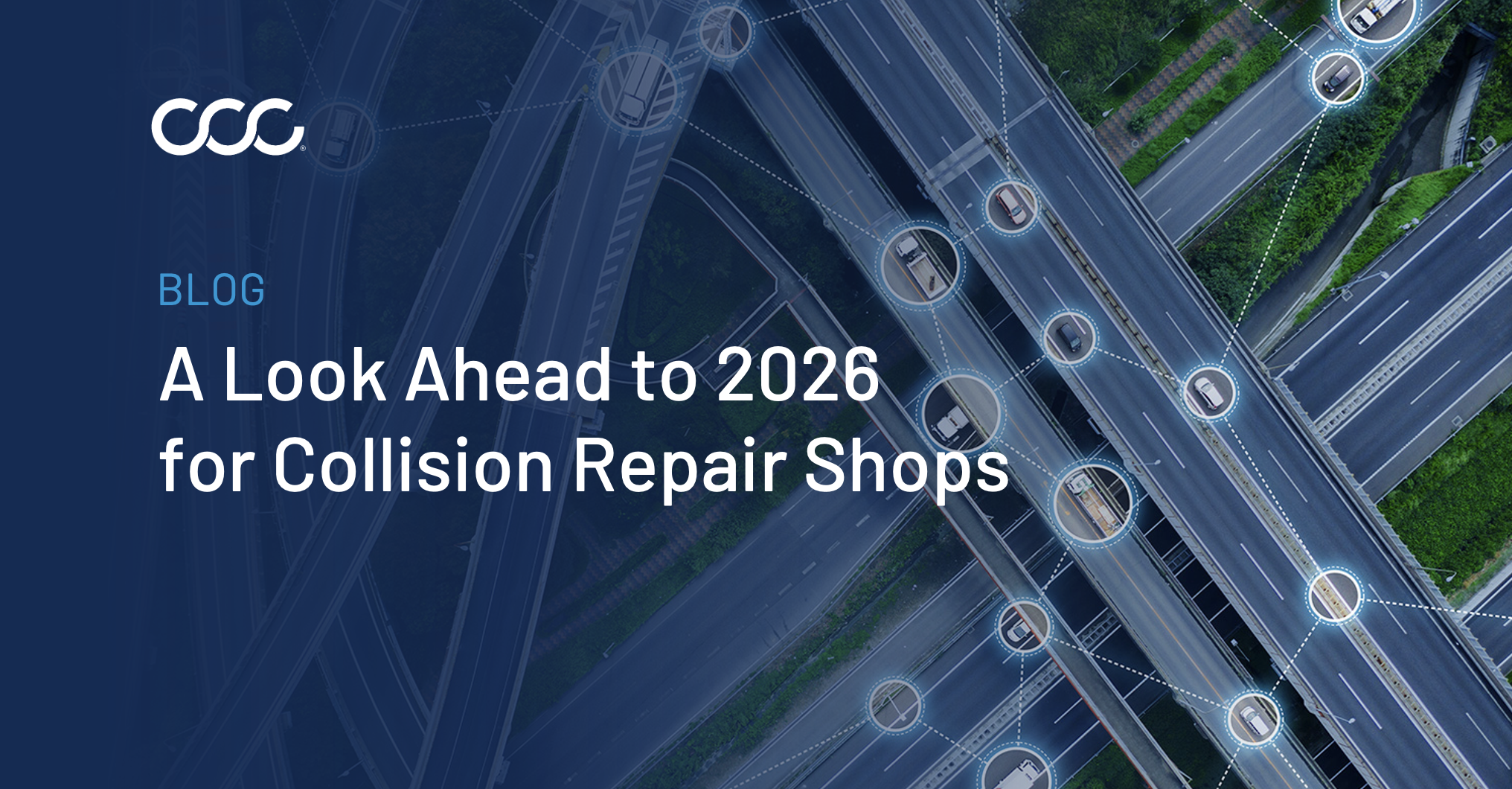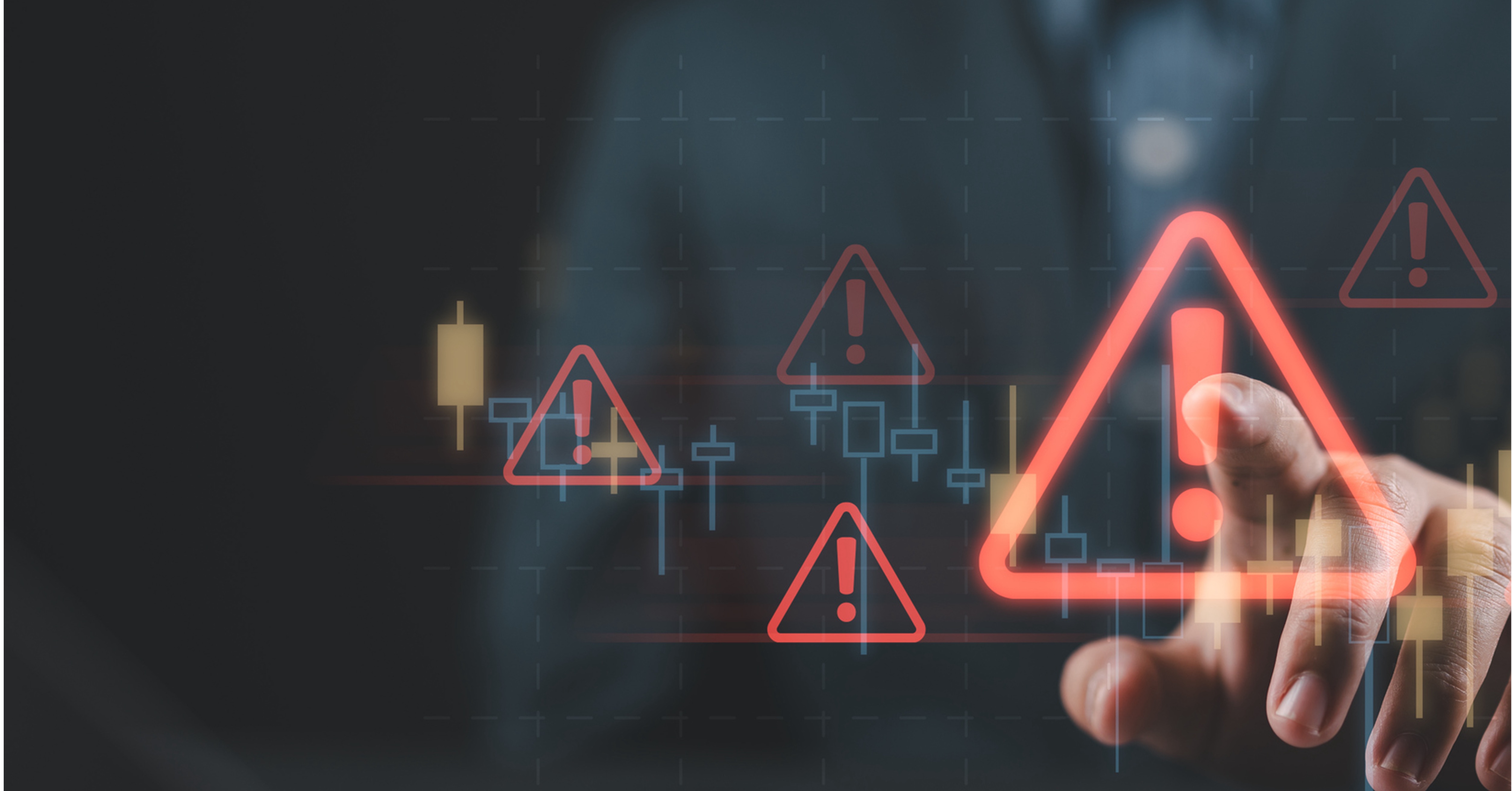Broad macrotrends will fundamentally shape the future of the insurance industry and in tandem the day-to-day life of consumers. In fact, shifting consumer expectations for more personal, digital engagements is driving the pace of industry evolution as speed and a seamless experience are key measures of satisfaction. Additionally, as consumers expect fast digital experiences, they are also open to taking a hands-on role in driving to conclusion – using their mobile phone to accelerate carrier access to data and time to resolution. Combined with vehicle innovations the quantity, quality and pace of data share is accelerating in tandem. The impact of these trends will drive change from policyholder interactions to internal workflows, to improve engagement and productivity across the process.
With More Complexity Comes a Need to Evolve
When an accident happens, hundreds of micro-decisions occur stand between the point of impact and resolution, both for insurer and its customer. Add factors such as vehicle complexity, varied levels of damage, and unique insurer requirements to the equation, and that end-to-end path can become complicated quickly. Driven by innovation, next-level-data analysis and near-real-time decisioning can accelerate the claims process and the time it takes a policyholder get back on the road. There are different entry points that can begin this end-to-end journey – accident notification through telematics, a text or call from policyholder to insurer, initiating the claims process via app – to name a few. In many cases, when digital tools and workflow integrations are in place, a guided experience to document vehicle damage through photos and video can open the door to better insights and efficiencies.This may be particularly useful when considering how vehicles have changed over the years. For example, and according to CCC, when comparing the number of parts in a vehicle 20 years ago to today, the amount has almost doubled – a car bumper that needed 13 parts in 1996 now needs 25 parts today. To go one step further, new types of features and connectivity within vehicles, such as advanced driver-assistance systems (ADAS), may require specialized sensors and cameras. As a result, the insurance claim and repair process has grown more intricate.However, through artificial intelligence, those complexities can become easier to navigate when images play a significant role in routing a claim, identifying damaged parts and predicting repairability.
The Importance of Connectivity
By empowering policyholders to capture and easily submit photos to an insurer, the claims process can be underway sooner than with historically manual methods, which could take days or weeks.From the moment photos are received, accurate predictions and reductions in cycle time are made possible through an integrated network of connections. From the insurer, to part suppliers and salvage yards, to repair facilities and more, digitized access to extensive historical data, triage options, inventory availability and more can power the critical pathways necessary to quickly bring a claim from crash to payment.Through automation, insurance carriers now have the option to build comprehensive, line-level estimates directly from AI-driven insights gathered from original damage photos. In addition to the repair and replace operations, the estimate can also include labor hours predictions, R&I decisions, blend, parts sourcing rules, insurer-specific guidelines, taxes and more. Once an estimate is built, it's important that AI and deep network connections work together. An insurer’s unique rules and preferred configurations can automatically be applied. Powerful analysis can assess the estimate for potential inconsistencies or anomalies that may warrant further review by an adjustor or investigative team. Upon meeting an insurance carrier’s confidence thresholds, an estimate can be auto-released, even auto-approved, should this be part of the insurer-defined process. In this instance, the link through digital communication tools to an insurance customer is key. With AI-powered decisions streamlining workflows, it can take only minutes to provide a complete, validated estimate back to the policyholder’s mobile device. Consumers have grown accustomed to interacting digitally for day-to-day tasks, leading to an expectation that this is the way everything should function, and that includes their post-accident experience. According to a Hanover Research Study, 80 percent of consumers prefer interaction on a mobile channel. Good news, since a policyholder can stay within the same mobile experience to not only review the estimate but schedule a repair appointment and even be alerted when their vehicle is ready for pick up. Valuable connections can simplify processes on the insurer end as well. For example, payments can be sent to repair facilities, part suppliers, medical bills, lenders and more. For policyholders, this connectivity can provide a quick, easy, personalized experience. And for insurers, applying these capabilities enterprise-wide can reduce cycle time, improve accuracy, and increase customer satisfaction.
Digital Transformation is Upon Us
Insurers have already begun embracing advanced technologies. In fact, in 2020 CCC has saw more than 100 percent growth in the number of companies using two or more of their deep learning applications in the claims process. Utilizing AI technology in the claims process is rapidly becoming the reality of the insurance industry and there are no signs of this slowing down. According to a recent study by McKinsey & Co, more than 50 percent of claims activities will be powered by AI by 2030.To help establish dynamic, seamless experiences, CCC is integrating data into existing workflows and tailoring solutions to the unique needs of insurers. The recently introduced CCC® Estimate - STP represents this point, it is designed to use damage photos to automatically initiate and populate detailed, actionable estimates within minutes. AI and advanced technologies plus extensive network connections digitize and streamline the claims process from start to finish. And it's this combination of critical pieces that help insurers achieve the industry's vision of straight-through processing, creating a more efficient, modern path to resolution that benefits both insurers and their customers.
Broad macrotrends will fundamentally shape the future of the insurance industry and in tandem the day-to-day life of consumers. In fact, shifting consumer expectations for more personal, digital engagements is driving the pace of industry evolution as speed and a seamless experience are key measures of satisfaction. Additionally, as consumers expect fast digital experiences, they are also open to taking a hands-on role in driving to conclusion – using their mobile phone to accelerate carrier access to data and time to resolution. Combined with vehicle innovations the quantity, quality and pace of data share is accelerating in tandem. The impact of these trends will drive change from policyholder interactions to internal workflows, to improve engagement and productivity across the process.
With More Complexity Comes a Need to Evolve
When an accident happens, hundreds of micro-decisions occur stand between the point of impact and resolution, both for insurer and its customer. Add factors such as vehicle complexity, varied levels of damage, and unique insurer requirements to the equation, and that end-to-end path can become complicated quickly. Driven by innovation, next-level-data analysis and near-real-time decisioning can accelerate the claims process and the time it takes a policyholder get back on the road. There are different entry points that can begin this end-to-end journey – accident notification through telematics, a text or call from policyholder to insurer, initiating the claims process via app – to name a few. In many cases, when digital tools and workflow integrations are in place, a guided experience to document vehicle damage through photos and video can open the door to better insights and efficiencies.This may be particularly useful when considering how vehicles have changed over the years. For example, and according to CCC, when comparing the number of parts in a vehicle 20 years ago to today, the amount has almost doubled – a car bumper that needed 13 parts in 1996 now needs 25 parts today. To go one step further, new types of features and connectivity within vehicles, such as advanced driver-assistance systems (ADAS), may require specialized sensors and cameras. As a result, the insurance claim and repair process has grown more intricate.However, through artificial intelligence, those complexities can become easier to navigate when images play a significant role in routing a claim, identifying damaged parts and predicting repairability.
The Importance of Connectivity
By empowering policyholders to capture and easily submit photos to an insurer, the claims process can be underway sooner than with historically manual methods, which could take days or weeks.From the moment photos are received, accurate predictions and reductions in cycle time are made possible through an integrated network of connections. From the insurer, to part suppliers and salvage yards, to repair facilities and more, digitized access to extensive historical data, triage options, inventory availability and more can power the critical pathways necessary to quickly bring a claim from crash to payment.Through automation, insurance carriers now have the option to build comprehensive, line-level estimates directly from AI-driven insights gathered from original damage photos. In addition to the repair and replace operations, the estimate can also include labor hours predictions, R&I decisions, blend, parts sourcing rules, insurer-specific guidelines, taxes and more. Once an estimate is built, it's important that AI and deep network connections work together. An insurer’s unique rules and preferred configurations can automatically be applied. Powerful analysis can assess the estimate for potential inconsistencies or anomalies that may warrant further review by an adjustor or investigative team. Upon meeting an insurance carrier’s confidence thresholds, an estimate can be auto-released, even auto-approved, should this be part of the insurer-defined process. In this instance, the link through digital communication tools to an insurance customer is key. With AI-powered decisions streamlining workflows, it can take only minutes to provide a complete, validated estimate back to the policyholder’s mobile device. Consumers have grown accustomed to interacting digitally for day-to-day tasks, leading to an expectation that this is the way everything should function, and that includes their post-accident experience. According to a Hanover Research Study, 80 percent of consumers prefer interaction on a mobile channel. Good news, since a policyholder can stay within the same mobile experience to not only review the estimate but schedule a repair appointment and even be alerted when their vehicle is ready for pick up. Valuable connections can simplify processes on the insurer end as well. For example, payments can be sent to repair facilities, part suppliers, medical bills, lenders and more. For policyholders, this connectivity can provide a quick, easy, personalized experience. And for insurers, applying these capabilities enterprise-wide can reduce cycle time, improve accuracy, and increase customer satisfaction.
Digital Transformation is Upon Us
Insurers have already begun embracing advanced technologies. In fact, in 2020 CCC has saw more than 100 percent growth in the number of companies using two or more of their deep learning applications in the claims process. Utilizing AI technology in the claims process is rapidly becoming the reality of the insurance industry and there are no signs of this slowing down. According to a recent study by McKinsey & Co, more than 50 percent of claims activities will be powered by AI by 2030.To help establish dynamic, seamless experiences, CCC is integrating data into existing workflows and tailoring solutions to the unique needs of insurers. The recently introduced CCC® Estimate - STP represents this point, it is designed to use damage photos to automatically initiate and populate detailed, actionable estimates within minutes. AI and advanced technologies plus extensive network connections digitize and streamline the claims process from start to finish. And it's this combination of critical pieces that help insurers achieve the industry's vision of straight-through processing, creating a more efficient, modern path to resolution that benefits both insurers and their customers.







